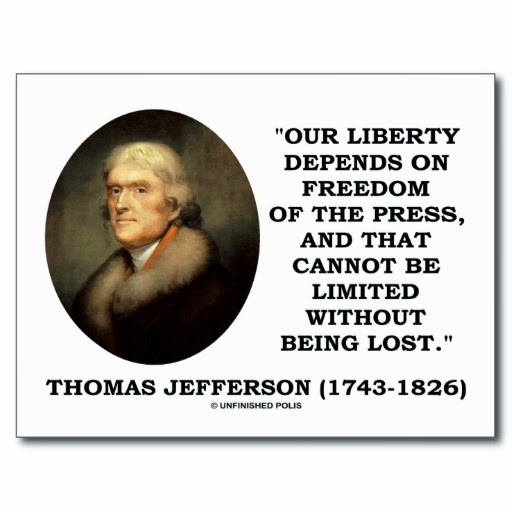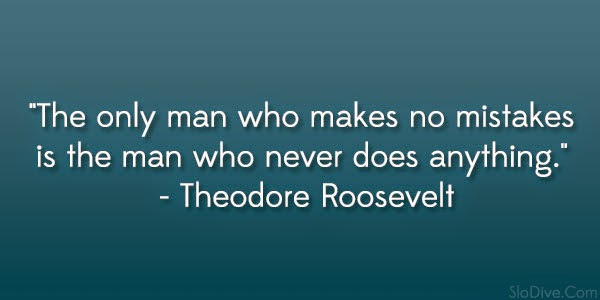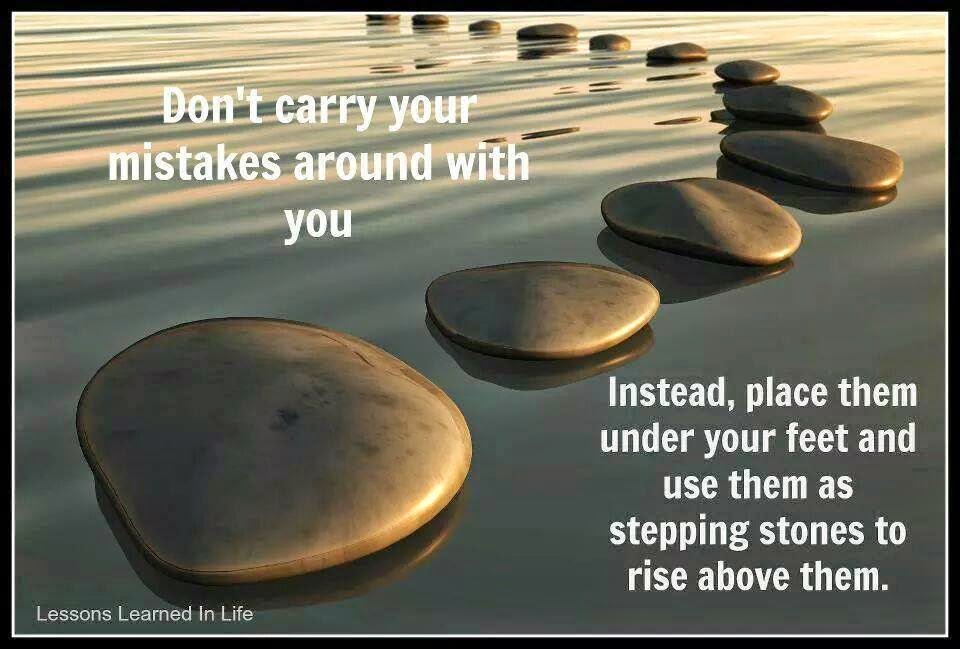The Republican convention has just concluded, the Democrats' convention is about to begin, and Hillary Clinton has named Virginia Sen. Tim Kaine as her running mate.
The tickets are set for November — or, at least, they will be when the Democrats make their ticket official next week.
And thus the quadrennial angst over the identity of at least one running mate is behind us. But the angst over what it all means and how it will influence the decision America must make continues.
The idealized image of a running mate is someone who will help the nominee's cause, but the overwhelming consensus on both running mates from pundits to both the left and the right was that the choices were rather boring
safe picks — picks who weren't likely to hurt the nominees.
Neither probably helped the presidential nominees much in their home states — although you couldn't have said that about a Tim Kaine when
Bill Clinton was heading the ticket not his wife. In 1992, when Bill Clinton first won the presidency, Virginia was reliably Republican, having voted for every Republican nominee for nearly 30 years. But after the Clinton administration, Democrats did increasingly better in Virginia in national elections, and they broke a more than 40–year–old electoral drought when Barack Obama carried the state in 2008. He went on to duplicate the feat, albeit by a narrower margin, in 2012.
Most of the polls of Virginia's voters that I have seen this year suggest that Clinton has been enjoying a comfortable lead, but the Kaine pick may prove to be beneficial in Virginia after all. The most recent Virginia poll that I have seen,
Hampton University's survey of likely voters, showed Clinton and Donald Trump tied at 39% apiece.
But that, as I say, contradicts the findings in other polls. The
NBC/Wall Street Journal/Marist and
FOX News polls, which came out around the same time as Hampton's but surveyed
registered, not necessarily likely, voters, showed Clinton with a larger lead over Trump than
Public Policy Polling's June survey of more than 1,000 registered voters. That poll showed Clinton with a more tenuous three–point lead over Trump in Virginia.
Polls in the summer generally aren't too reliable, though. You really have to get into the fall campaign — and, in fact, get past the first presidential debate in late September — before the polls will give realistic readings on the pulse of the electorate.
Sure, they're fun to watch right now, like the initial phases of a horse race, but a lot can happen between the start of a race and the end of a race.
Polls in July usually can't tell you much about what to expect in November — except when those polls consistently show a landslide in the making, and it has been more than 30 years since America had a classic, textbook landslide.
Right now, it seems best to evaluate the running mate choices on how well they serve perhaps the most obvious need for both nominees — choices who could help heal fractured parties.
In the past, nominees often have sought to achieve party unity by offering the running mate slot to their closest competitors in the primaries. Sometimes offering an olive branch to the party's vanquished wing helps (i.e., Ronald Reagan's pick of George H.W. Bush in 1980), sometimes it doesn't (i.e., John Kerry's pick of John Edwards in 2004).
In Trump's case, he needed to shore up his credentials with conservatives, but the chances that he would pick the runnerup in the primaries, Texas Sen. Ted Cruz, were slim and none.
He came up with a conservative alternative, Indiana Gov. Mike Pence, who appears to be acceptable to most conservatives in the party and, with six terms in the U.S. House under his belt, has legitimate insider credentials to balance Trump's perceived outsider status.
One can argue, of course — and, no doubt, many will — whether Trump, with his business dealings, is truly an outsider. He has often bragged, in fact, of how intimately he knows the system. That can be a good thing if one's objective is to elect someone who can work within the system to change it, but it can be a bad thing for someone who believes a candidate with that much invested in a system will work to protect it, not change it.
It is difficult to make a plausible case that having Cruz on the ticket would have helped Trump much in November. The race between Trump and Cruz never was that close, and, historically, a party's base will unite in spite of differences on some issues even without the runnerup on the ticket — still
Cruz's nonendorsement of Trump in his convention speech clearly shows division remains in the Republican Party.
Pence may be able to help with that, reassuring conservatives and potentially uniting the base. If he does, Cruz's nonendorsement may be all but forgotten by most Republicans in November.
There is division in the Democratic Party as well, but it seems less certain that Kaine will be able to help much with that.
Even though the Democrats will have a platform that is considerably more left–leaning than ever before, the leftist wing of the party heavily supported Sanders in the primaries, and many of those Democrats may not vote for Clinton. They probably won't vote for Trump, but they might vote for the Green Party's candidate, Dr. Jill Stein, or they might not vote at all.
All along, the Clinton general election campaign strategy has been counting on the help that young voters gave Obama in 2008 and 2012, but many young voters supported Sanders in the primaries, and it is questionable whether Tim Kaine can address their concerns.
It will depend on what those concerns are.
If Sanders' supporters are mostly concerned about social issues or foreign policy, Kaine might fit the bill.
National Journal's most recent congressional rankings — which are based on 2013 roll call votes — indicated that Sanders and Kaine are pretty close in those areas. Kaine, in fact, was considered more liberal in both (68% to 66% on social issues, 71% to 61% on foreign policy).
But the Sanders campaign was based primarily on economic issues, and that is where a considerable divide exists between Sanders and Kaine. The
Journal gives Sanders a rating of 82% on economic issues; Kaine receives a far more centrist rating of 53%.
As a result, many of Sanders' supporters may choose not to participate in the election at all if they do not feel another candidate adequately represents them.
(In the interest of comparison, here is how Clinton fared in the
National Journal's rankings when Clinton, then a senator, sought the presidential nomination in 2008. She received an 84% ranking on economic issues, an 83% ranking on social issues and a 66% ranking on foreign policy issues. Sanders, two years into his first term as a senator, received a 94% on economic issues, a 77% on social issues and a 94% on foreign policy issues. Citizen Kaine was the former governor of Virginia.)
I have a feeling that, unlike just about every other presidential election in my lifetime, every single vote will matter this time, and the Clinton campaign, mindful of that likelihood, went for a running mate who could be an electoral firewall. The usual swing states will be swing states again — Ohio, Pennsylvania and Florida — and each presents its unique set of issues and challenges.
In Ohio, Trump must overcome the resistance of the state's governor, former primary challenger Gov. John Kasich. Trump's economic message is resonating with Ohio's blue–collar voters; three of the last four polls there have shown Trump and Clinton tied. Pence, as the governor of a neighboring state, may help there.
I haven't seen a poll from Pennsylvania in nearly two weeks. At the time,
one showed Clinton leading by nine points,
the other showed Trump leading by two points. The
most recent poll from Florida had Clinton leading by seven points.
Kaine probably can't help much in Virginia, although if the race is as tight as the Hampton University poll suggests, Kaine and his perfect electoral record in Virginia could help Clinton if she stumbles in Florida, Ohio and Pennsylvania.
To maintain historical plausibility with political scientists, the winner of the election needs to carry at least two of those three states. Recent electoral results indicate that Clinton might be able to win the presidency without winning any of them, but the fact is that no presidential candidate since 1960 has won the White House without carrying at least two of those states.
Will that be the case again in 2016? Or, as it has been with so many other things this year, will that tidbit of conventional wisdom prove to be invalid?







